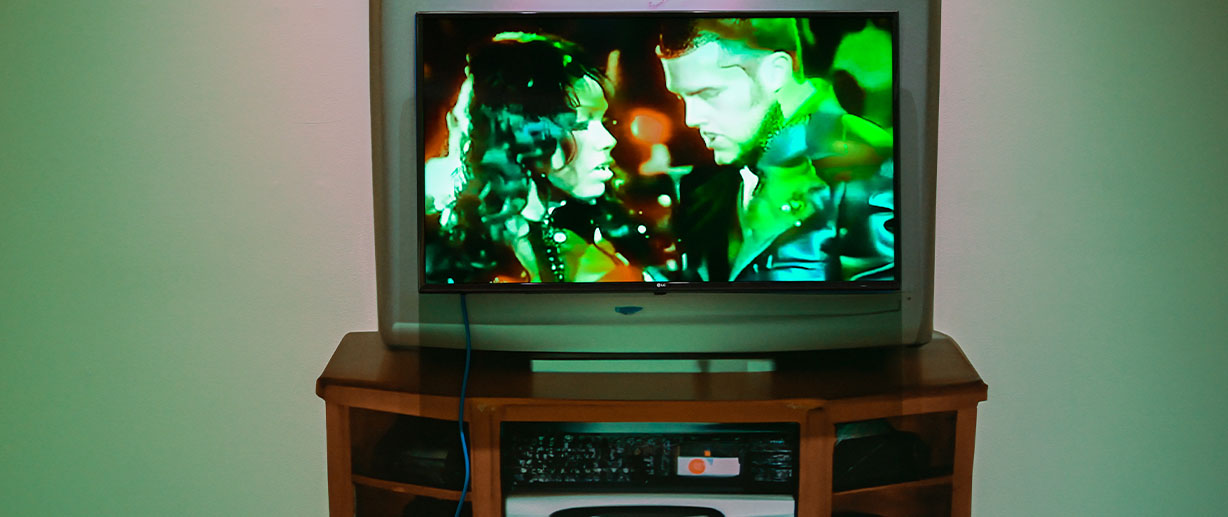A solo exhibition by a Wofford professor is now open in the Richardson Family Art Gallery in the Rosalind Sallenger Richardson Center for the Arts.
Rebecca Forstater’s exhibition {Training_camp} opened Aug. 30 and runs through Oct. 13. Forstater, assistant professor of studio art, will give an artist talk, followed by a closing reception, at 6 p.m. on Oct. 12.
Forstater’s practice broadly considers the production of current histories in digital landscapes, questioning whether we can trust our own desires in a society so thoroughly influenced by digital experiences. {Training_camp} examines the creation of public memory in the current AI-fueled rat race through the lens of pop-culture history.
Focusing on Janet Jackson and Justin Timberlake's Super Bowl XXXVIII halftime show controversy, she utilized emerging AI software to create audio, image, video and 3D models. Forstater asked the training models to contextualize the past given the present algorithm’s pool of information.
The outcomes of Forstater’s requests are renderings of our collective digital memory, resulting from the compilation of extensive user data through the training process. These visualizations take the form of peculiar amalgamations, riddled with errors, evoking an aberrant experience of the current digital era. They reveal fleeting (and often performative) instances of progress entangled with societal mistakes, constantly transforming into new iterations.
“In this AI-generated universe, the narrative of this Super Bowl performance, an event deeply intertwined with race, gender and politics, serves as an example of prejudiced ideologies embedded in our digital social consciousness,” says Forstater. “The visual results of the software used highlight the tendency to scapegoat controversial aspects of history, where societal errors are conveniently overlooked without any sense of accountability.”
This body of work was created digitally, designed either through user-friendly AI models (Dall-E, ChatGPT, Gen-2) or AI models still in testing-phase (DreamFusion, Firefly, AI: Stability for Blender, Potat1, Tortoise). Each object exists in both digital and physical forms. They exist first as .png, .mp4, .wav, and .stl files that then find physical form to inhabit this room as window decals, TV screens playing videos and 3D prints. These objects echo the perpetual circulation and transformation of data and society, both on and offline, each informing the other.
This exhibition was supported in part by a 2023 Wofford Faculty Summer Research Grant and the Studio Art program.
